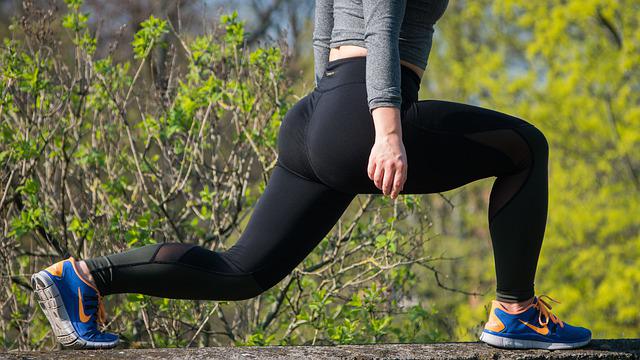
By chef Murph

When you hear the word “aerobics,” generally the first thing that comes to mind is a group of ladies dressed in leotards, stepping up and down on planks with disco music playing in the background. Well that might have been the scene back in the early 80s when Jane Fonda workouts ruled the fitness world, but things have since taken a turn.
Aerobic Versus Anaerobic
From a scientific standpoint, aerobic means with oxygen. When you have enough oxygen during exercise, your body is predominately burning fat for energy. As your intensity increases, your body starts to shift to a state where it is burning stored carbs for energy.
You then start gasping for breath and feel deprived of oxygen. This is called crossing the anaerobic threshold. Once you step across, you are almost burning 100 percent stored carbs for energy. The word “anaerobic” literally means without oxygen.
With all of this newfound knowledge, you should have no trouble determining the difference between kettlebell workouts and aerobics. In some ways they are the same and in other ways they are not.
Walking, jogging, biking, stair climbing and any other form of cardio are all aerobic to a certain point. When you first begin and build up your intensity, you start to flirt with the anaerobic threshold. Once you cross it, your aerobic activity is no longer aerobic.
The same holds true with kettlebell workouts, although it’s a faster flip of the switch.
Kettlebell exercises are either grinds or ballistics.
A grind is performed in a slow and concentrated way, and the intent is to build strength. However, within a couple reps, you are gasping for breath so they quickly turn anaerobic. A press or squat would be an example of a grind.
Ballistic exercises are performed in a fast, snappy, violent motion. There are no two ways about it. They get your heart rate up fast and it stays up there, turning them quickly anaerobic. Snatches and swings are good examples of these. You also have the ability to combine grinds and ballistics together in sets, which are called complexes.
In this case, you still remain predominately anaerobic, but, you are working your cardiovascular system and building strength simultaneously. This gives you an advantage that is hard to find with standard aerobics.
Working Muscle Groups
In both cases though, you can still target all of your major muscle groups. Body weight drills like jumping jacks, burpees, lunges, squats and bicycle crunches are still considered aerobic until your heart rate gets really elevated.
Doing kettlebell exercises like squats, deadlifts, renegade rows and clean and presses, can work all the major muscles in the body, but with excess load.
You now build strength as well as burn a high amount of calories.
Calories Burned
The caloric “afterburn” of exercise, known as EPOC (excess post-exercise oxygen consumption) is by far superior through kettlebell training. You are only able to really tap into this when you go anaerobic. Aerobic exercise can leave you with a favorable caloric expenditure during training, but once you’re finished, you don’t get much of a residual metabolism boost.
Spending 20 minutes, doing an interval routine of 30 seconds of swings and 30 seconds of rest will boost your metabolism for 24-plus hours. The same can’t be said when you do standard aerobic exercise for even 60 minutes.
Bottom Line
In the long run, both forms of exercise can give you benefits, and they are both worth doing.
The best case scenario is you combine both together to build a solid workout.
For example, integrate aerobic activities like jumping rope, stepping up on a plank or doing jumping jacks with kettlebell exercises. Then you have the best of both worlds.


